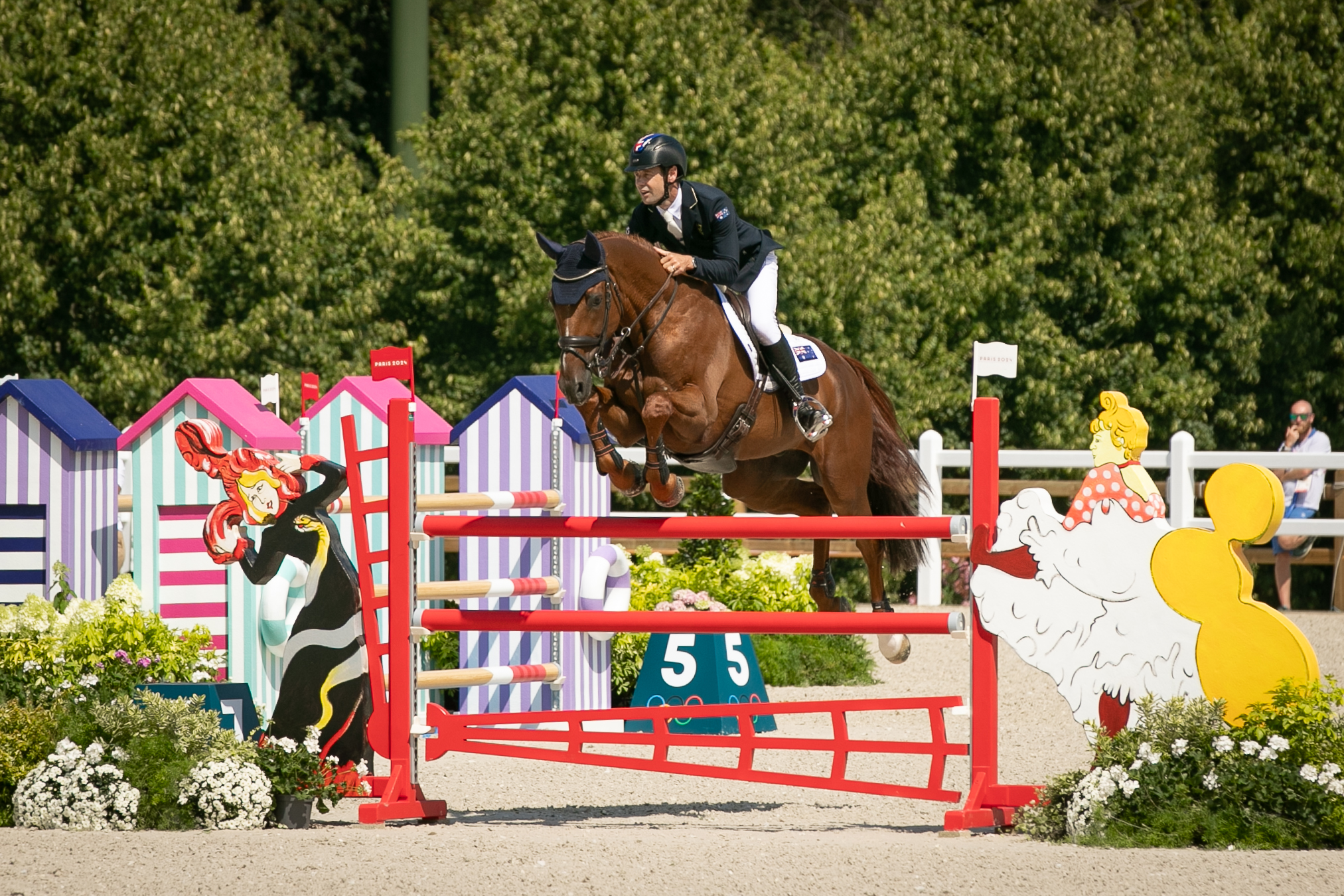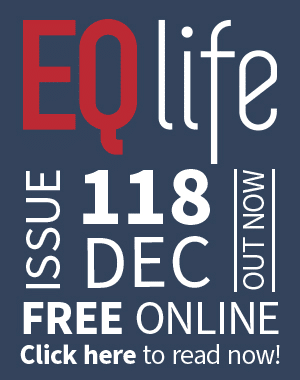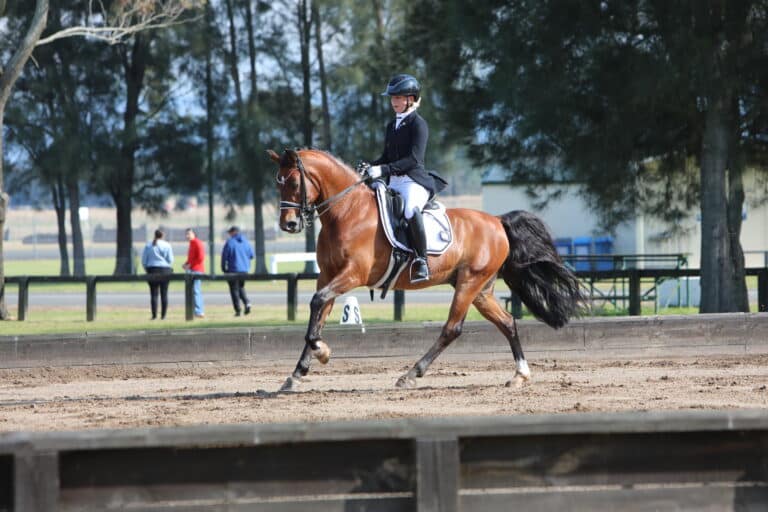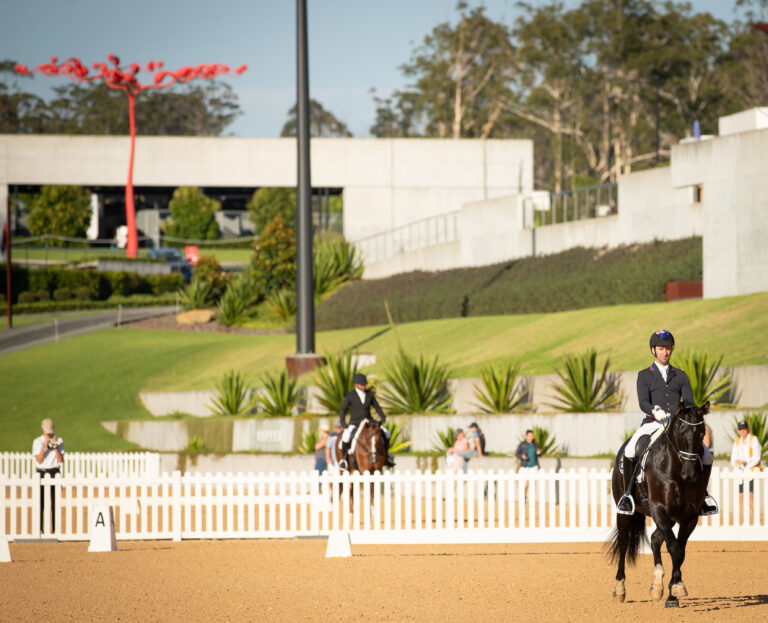Chris Burton: Olympic Medallist, Paris 2024, Rio 2016 – Eventing | Australian team representative 5* Nations Cup – Showjumping
If you’re anything like me, you probably found the recent email from the State branches regarding Equestrian Australia’s reform efforts deeply frustrating. And if you didn’t — if you find yourself in agreement with the States — I would strongly encourage you to spend some time looking into the facts.
You don’t need a degree in economics to recognise that dual state and federal governance is often inefficient. In equestrian, we have a rare opportunity to modernise by moving toward a single, unified national governing body. Quite simply, we are stronger together.
This is not a new idea. A national model was seriously explored in 2018, and even earlier — in 1992 — when two of the most respected figures in our sport, Wayne Roycroft and Russ Withers, advocated for the same. If you’ve ever had the privilege of speaking with either of these men, you’ll understand how compelling their vision for a better system was — and still is.
As someone actively competing in both eventing and show jumping at the highest level, I fully support the move to a discipline-based national model. However, I’ve encountered resistance, particularly from within the eventing community. Much of it seems rooted in fear — mainly the concern that eventing might have to share its High Performance funding with dressage and showjumping.
Let me be clear: even if dressage and jumping wanted to access the funds secured through eventing’s Paris success, they can’t. Not until those disciplines demonstrate results worthy of investment — and that’s a decision made by the Australian Sports Commission (ASC), not Equestrian Australia. Funding follows performance, not preference.
I’ve spent much of my time since returning to Australia actively pursuing private sector support for High Performance. Because I believe that High Performance success flows directly from funding. But attracting sponsorship has been made significantly harder by the instability and inefficiency within our federation. Sponsors see the disunity and financial inconsistency — and they hesitate.
Another argument I’ve heard from opponents of the national model is that state branches are running efficiently, and their people have the right skill sets. So, I looked into it. And what I found was this, they are not wrong: and those people doing their jobs well will likely carry on doing their job under the new structure. Much of the pushback appears to stem from fear of job loss, not fear of national dysfunction. And I understand that fear — but it’s no reason to hold the sport back.
Having spent 15 years living and competing in Europe, I’ve seen firsthand how other federations operate — many of which are far more unified and better resourced than our own. At championships, we’re going head-to-head with nations that have centralised systems and significant investment in high performance. These countries are consistently outperforming us — not because their riders are more talented, but because their systems are stronger.
I feel well placed to say that unlike many currently leading our State branches, I have a clear understanding of what it takes to build a sustainable, world-class equestrian program. And while I may be criticised for saying so, my greater fear is seeing Australia beaten at the LA and Brisbane Olympics by weaker nations with more functional systems. As a rider, that’s a bitter pill to swallow.
Now I am geared to look at this from the High Performance viewpoint, however, this isn’t just about podium finishes. Strong investment and effective structure at the top level filters down through the sport — driving participation, inspiring the grassroots, and creating a clear, aspirational pathway for riders at every level. An efficient structure is also more likely to lead to lower operating costs and therefore lower membership fees.
There’s also concern that a national model will become too NSW- or Victoria-centric. But in reality, it already is. That’s not politics; it’s simple economics—supply and demand. The majority of competitions, riders, and investment already flow through those states. A unified model wouldn’t change that — it would just make the system more efficient and accountable.
Finally, I encourage everyone to look at other sports that have successfully adopted a national governance structure. Sailing and cycling are prime examples. Both have grown economically and improved their high performance outcomes since transitioning.
We are long overdue for reform. The time to act is now. Let’s stop defending broken systems and start building a federation that reflects the professionalism, excellence, and unity our sport deserves.
Sincerely,
Christopher Burton
Olympic Silver Medallist – Eventing
Reserve Rider – Showjumping
Proud Advocate for Equestrian Australia’s Future








